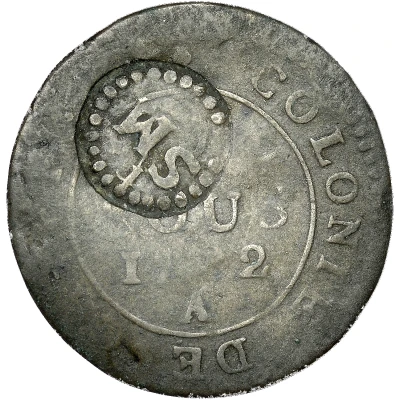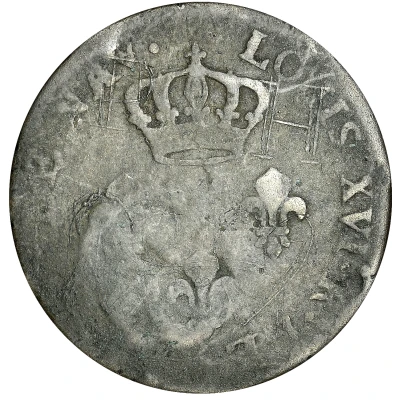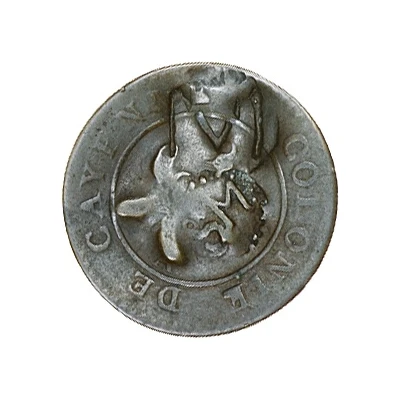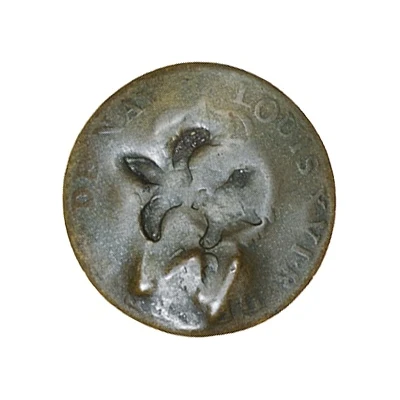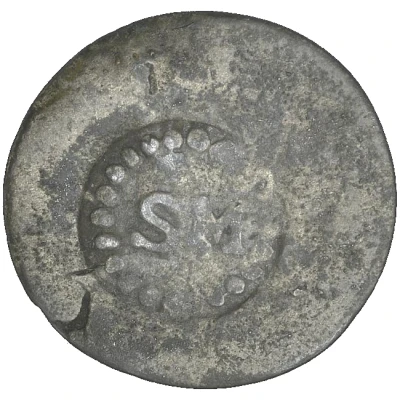
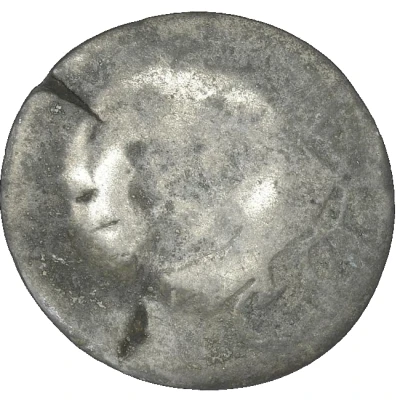

© Dix Noonan Webb
Stuiver "Cayenne-Stuiver" Countermark C16; Host coin Danish Skilling ND
1798 year| Silver | 1.8 g | 23 mm |
| Issuer | Sint Maarten (Netherlands Antilles) |
|---|---|
| Type | Standard circulation coin |
| Year | 1798 |
| Value | 1 Stuiver |
| Currency | Stuiver |
| Composition | Silver |
| Weight | 1.8 g |
| Diameter | 23 mm |
| Shape | Round |
| Technique | Milled, Countermarked |
| Demonetized | Yes |
| Updated | 2024-10-06 |
| Numista | N#119109 |
|---|---|
| Rarity index | 97% |
Comment
Countermarked in 1798, host dates not visible usually.Krause mentions this coin erroneously as a 2 stuiver piece.
The counter mark here on Numista is not recognizable as STM, nor is the image in Scho/II, but as SM. In Krause the countermark is better recognizable as STM, but is the host coin not recognizable as a Danish 2 skilling. Other sources show a better distinguishable STM on a Danish 2 skilling host coin.
Source: Dix Noonan Webb
Many false Stuivers were imported to Sint Maarten, so it was decided that the real coins were to be marked. The first attempt to this was made on 29-12-1797 with a bundle of 7 arrows. The Stuivers without the mark were considered obsolete. Since the mark was easily counterfeit it was already replaced 3 days later by the square and round STM marks. Danish 2 skilling coins were used for this purpose as well, next to the Cayenne (French Guiana) 2 sous coins.
Interesting fact
One interesting fact about the Cayenne-Stuiver coin is that it was issued during a time of great economic and political change in the Netherlands Antilles. The coin was minted in 1798, just a few years after the French Revolution, which had a significant impact on the Dutch colonies in the Caribbean. The coin's unique design, featuring a countermark of the letter "C" on the reverse side, was likely used to indicate that it was issued by the colonial administration in Cayenne, rather than the mainland Dutch government. This coin is a rare and valuable example of the currency used during this time period, and it provides a fascinating glimpse into the economic and political history of the region.
